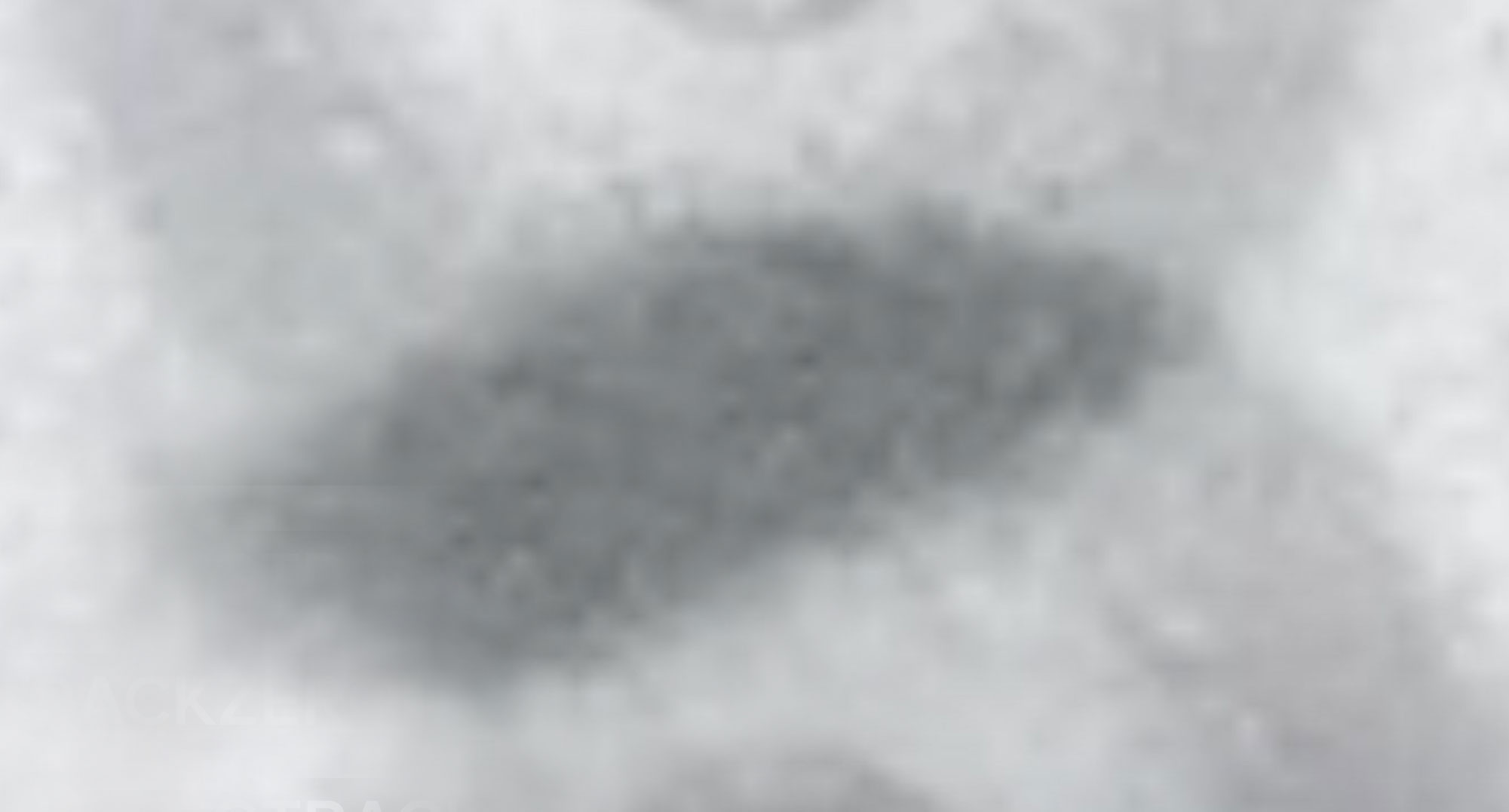Clues Within the Brokenness
November 24, 2020

Accompanying text
Text by Elyse Portal
According to a recent study by Purdue University, turning off our cameras during virtual meetings will help save the environment. The year 2021 will require a forest of approximately 115,000 square kilometres—15 times the size of Algonquin Provincial Park—to sequester the amount of carbon being emitted by increased internet traffic. Clayton Windatt, like the Purdue researchers, wants us to understand that “because data processing uses a lot of electricity, and any production of electricity has carbon, water, and land footprints, reducing data download reduces environmental damage [1].” Awareness of the entanglements between digital culture and ecology underlies Windatt’s findingtrackzero (2020).
With particular care to their data usage, Windatt beckoned back to the once omnipresent floppy disk, creating new works within a 1.44MB file size limit. The track zero position of the disk is the beginning for all data writing processes. With these works, they ask: “how can space be made for reflection, care, and memory instead of abandonment and a hunger for newness?”
Clayton Windatt’s plethora of works (made in 2020 from reworked digital archives and new materials), include rotoscoped storied excerpts and painterly pixelated compositions. In happy endings, Windatt plainly asserts “death isn’t happy – it is just death.” In the cumulative 15 minute film festival, comprising approximately 25 works, Windatt layers narratives of placelessness and non-linear time. In this way, Windatt records the breakdown imaginaries of self and world. They generatively go beyond climate change politics critiqued by curator and clinical psychologist, Bayo Akomolafe:
As part of the climate imaginary that is produced by a neoliberal agenda of progress, linear time, anthropocentric control, separation from nature, and technological optimism, today’s carbon discourse and activism obfuscate other ways of thinking/acting with weather. [2]
In the fragmented and mirrored movement of kaleidoscopic, Windatt tells us, “sometimes I feel like ice.” They go on to say, “breaking holds beauty…when the ice breaks too much, it’s hard to remember what it used to be.” With activist attentiveness, Windatt thinks with and celebrates elemental forces.
In the seemingly bleak abandoned house series, Windatt helps us find hidden and persistent aliveness within broken windows flooded with light, frenzied flies, and bird calls. Their notes on our systemic breakdowns are done with an interest in care. While acknowledging our colliding crises—COVID-19 included—they create space for loss to be felt (with works such as Missing You), as well as for beauty and play (fire kids 2011) reflecting innate elemental ties.
This collision might best be seen in their evocative work, Temperature and Location, with shifting horizons from abandoned structures to dreamy winter landscapes to Lake Ontario’s ice framing Toronto’s downtown core. I hear Windatt’s laboured breathing. I hear struggle. I am left in a search. Sifting through obscured abandonment, I am in the track zero position accompanied by colour, light, texture, looking for clues within the brokenness.
[1] Purdue University. (2021, January 14). Turn off that camera during virtual meetings, environmental study says: Simple tips to go green with your internet use during a pandemic. ScienceDaily. Retrieved January 22, 2021 from www.sciencedaily.com/releases/2021/01/210114134033.htm
[2] Bayo Akomolafe. (2017). These Wilds Beyond Our Fences: Letters to My Daughter on Humanity’s Search for Home. Berkeley: North Atlantic Books.
